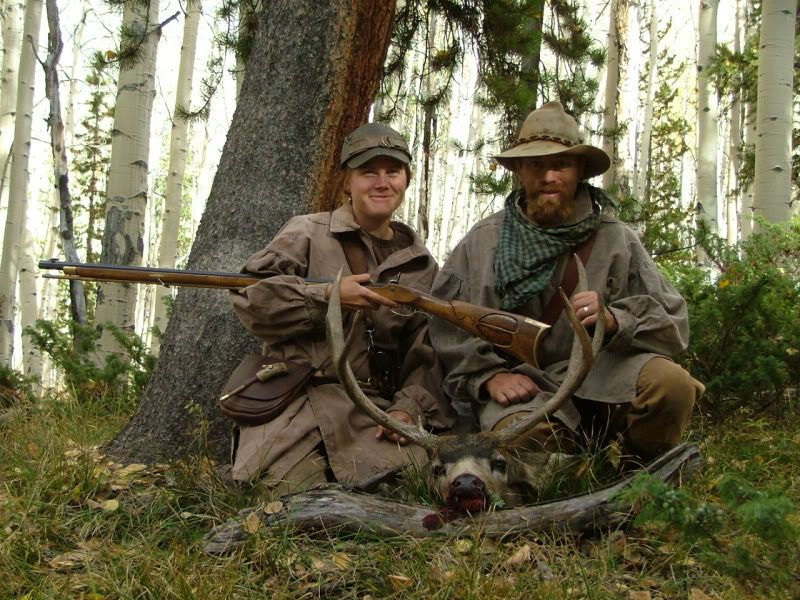I think it depends a lot on how "wind" is defined and the normal local wind pattern. The weather service up here reports moving air 93% of the time with an average speed right at 10mph. We truly don't even think of it as "wind." To qualify and become a consideration for deer hunts, it needs to top 20 or 25. And of course, in order to average 10mph, we see lots of the bigger stuff.
Since the deer are so used to it and it's such a common factor, their response is fortunately pretty predictable. In fact several of the places I hunt are at their very best with strong winds.
Regardless of the actual MPH, the bigger consideration is what your deer are used to. If it's stronger than they like, they're heading for cover. The type of cover your deer use depends on what's available. Around here it's thick, brush or brushy draws in the lee, or in timber, the downwind half of smaller groves, or at least 1/4-mile into large the upwind side of larger stands. Downwind edges of any timber, whether groves or large expanses, are hot spots. Deep brushy draws work best when hunted from the top down.
Brush on lee sides of mountains and hills usually holds them a little in from the top, and hunting is usually best if you sneak along within the brush line and watch downhill. Nothing on the first pass? Drop down 100 feet or so and make another pass in the reverse direction, "stair stepping" down the hillside in an organized fashion. Yeah, there might be a little breeze ahead of you, but that actually helps move them and give you glimpses. If you have hunting pards, positioning one on each side of the brush field and one at the bottom can really pay dividends. Just make sure everyone can see each other before you start, and rigidly define shooting directions and lanes. You should recognize that this strategy varies with the size and layout of the brush field. Of course safety is at the top of our list, and most of my "brush fields" are over 1/2-mile in extent.
Oh yeah. Around here the bears don't like strong winds any more than deer, and you're as likely to encounter bears as deer in the lee brush fields.






